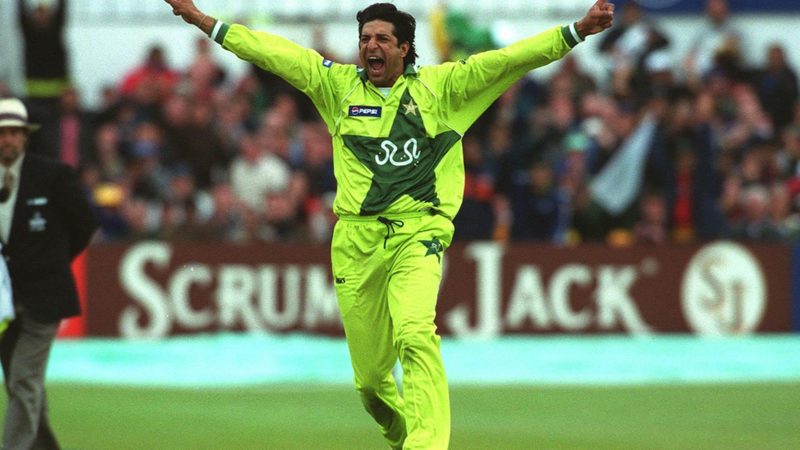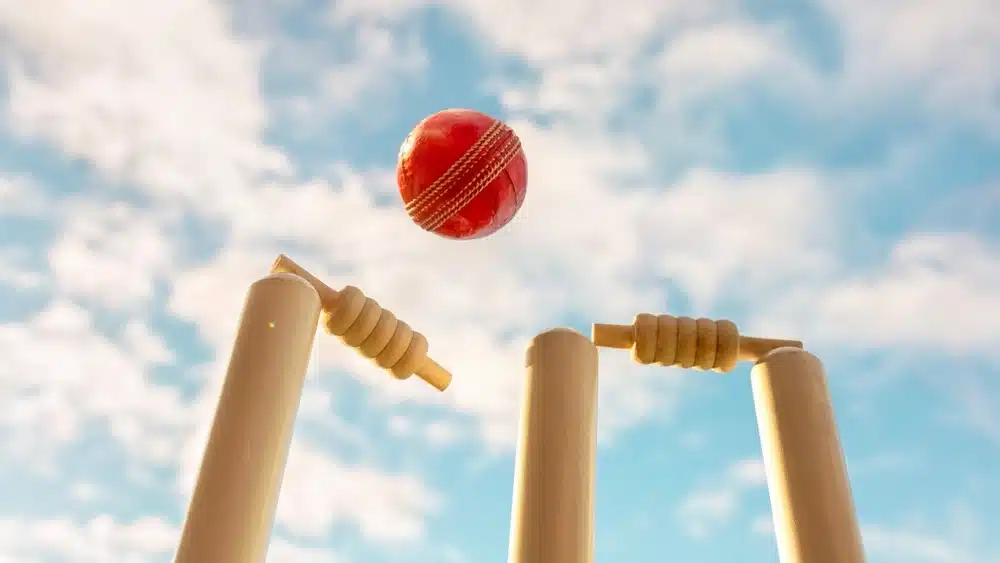
Reverse swing in cricket is said to have originated in Pakistan and invented by former First-Class cricketer Salim Mir, who mastered the art while playing for Punjab Cricket Club in Lahore.
Mir later shared the skills with his former teammate Sarfraz Nawaz, who brought the craft of reverse swing to the international stage during the late 1970s.
Over the years, several Pakistan pacers including 1992 World Cup-winning captain Imran Khan, Wasim Akram and Waqar Younis used reverse swing to their advantage to torment opposition batters.
Apart from the Pakistan fast bowlers, pacers from other cricketing nations, the likes of Dale Steyn, Andrew Flintoff, James Anderson, Zaheer Khan, Mohammed Shami, Brett Lee, Jasprit Bumrah and Neil Wagner have acquired the expertise of reverse swing to deceive the batters.
But what is reverse swing in cricket? Here’s a closer look at the art of reverse swing, which has left plenty of batters bewildered due to the ball’s movement over the years.
What is reverse swing in cricket?
Reverse swing in cricket refers to a phenomenon when a fast bowler gets to swing the ball in an opposite direction as compared to his conventional or expected swing.
The occurrence of reverse swing only takes place when the ball is very old (at least 35-40 overs old) and has lost its shine on one side. In order to reverse swing, the players have to make sure that the one side of the ball is shiny, while the other side is rough.
If a bowler manages to master the craft of reverse swing, a natural outswinger becomes an inswinger, while an inswinger becomes an outswinger. The old ball will swing in the opposite direction towards where the shiny side is.
How to reverse swing a cricket ball?
Reverse swing is an art in cricket. It requires proper team effort to achieve the results.
Before COVID-19 pandemic, cricketers were allowed to use saliva to shine the ball. They used to spit on the ball and later rub the ball on their thighs to keep one side of the ball shiny in order to help the bowlers get some reverse swing.
However, the International Cricket Council (ICC) has imposed a permanent ban on use of saliva as a preventive measure against the spread of Coronavirus. This measure has certainly affected bowlers in achieving the desired result of reverse swing.
In order to achieve this phenomenon, the seam of the ball also needs to be presented in a certain way. The bowler needs to hold the ball with the seam pointing towards the slips, and also released with a slightly angled seam.
Additionally, in case of a dry pitch and rough outfield, there are more chances of reverse swing.
In a few previous instances, cricketers have been involved in ball tampering in order to achieve reverse swing and affect the outcome of the game. Once found guilty, these cricketers have been punished by the cricket’s world governing body.




















